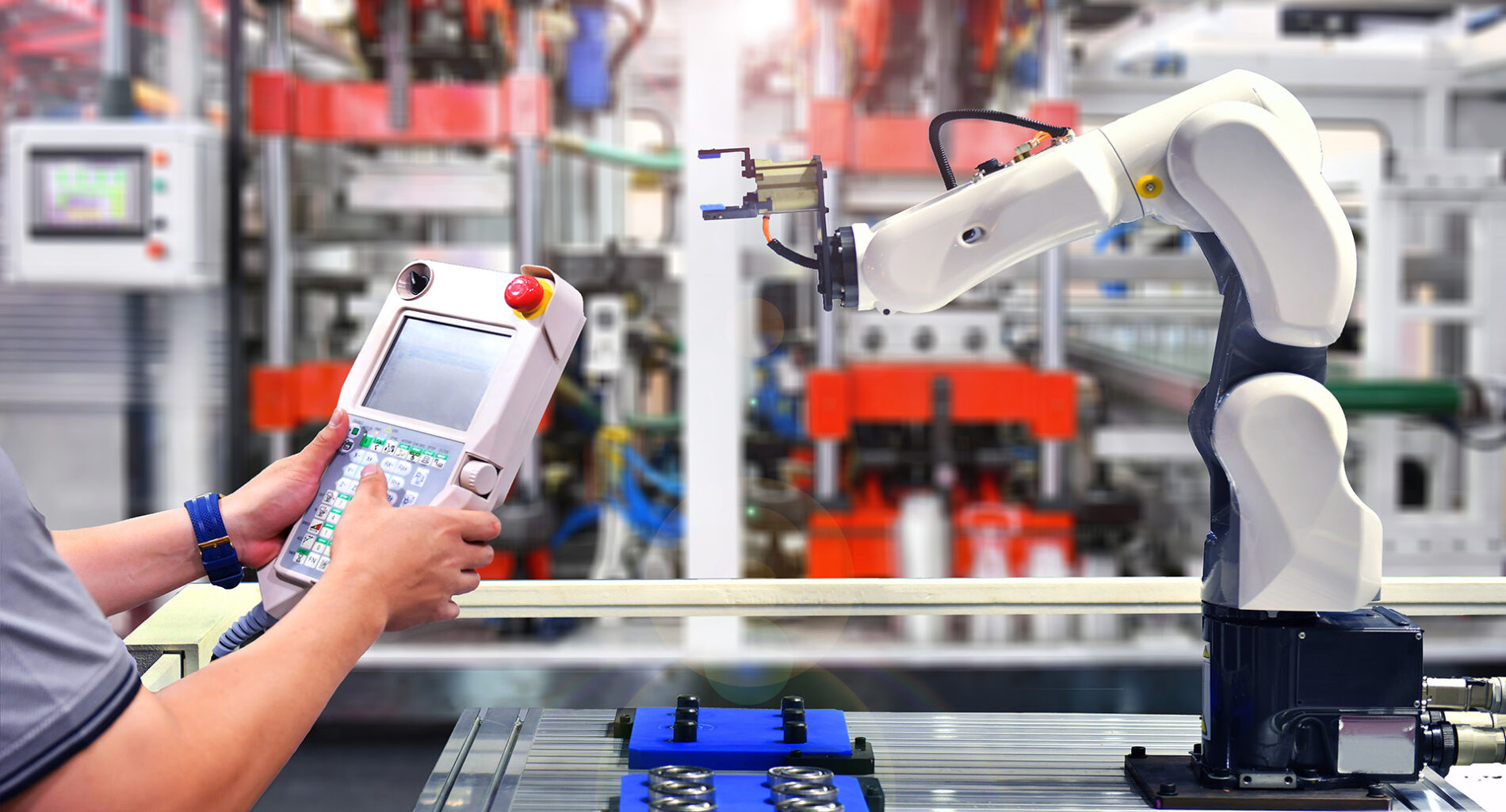6 Questions to Ask Before Investing in Packaging Automation for your Food and Beverage Facility

1. How flexible is this automation for product changes and capacity?
Food companies constantly reformulate products, change packaging, and launch new SKUs. Your automation must handle variety, not just volume. Can you add modules, increase speeds, or operate efficiently at lower volumes? Ask about changeover times, recipe flexibility, and adapting to future products.
2. What’s the total cost of ownership including training, utilities, and space modifications?
Beyond equipment costs, factor in electrical upgrades, compressed air systems upgrades, facility modifications, operator training, and ongoing software licenses. These “hidden” costs often double the initial investment.
3. What’s our maintenance strategy and do we have the right talent pipeline?
Automated systems require different maintenance skills than traditional equipment. Consider technician training, spare parts availability, remote diagnostics capabilities, and whether your maintenance team can handle the complexity.
4. What’s our labor market trajectory over the next 10-15 years?
Don’t just look at current labor shortages. Consider demographic shifts, wage inflation trends, and whether your locations will still be viable for skilled workers. Many plants invest in automation reactively rather than anticipating where labor markets are heading.
5. How will this impact our supply chain and supplier relationships?
Automation might require different raw material specifications, packaging formats, or delivery schedules. Also, how does this impact your other facilities and financials if you take a line down. Consider whether your suppliers can adapt and if you’ll need to qualify new ones.
6. How will this integrate with our existing ERP and quality management systems?
Data integration is often an afterthought that becomes expensive. Ensure the packaging automation can communicate with your current systems and future technology stack. Poor integration leads to data silos and manual workarounds.




